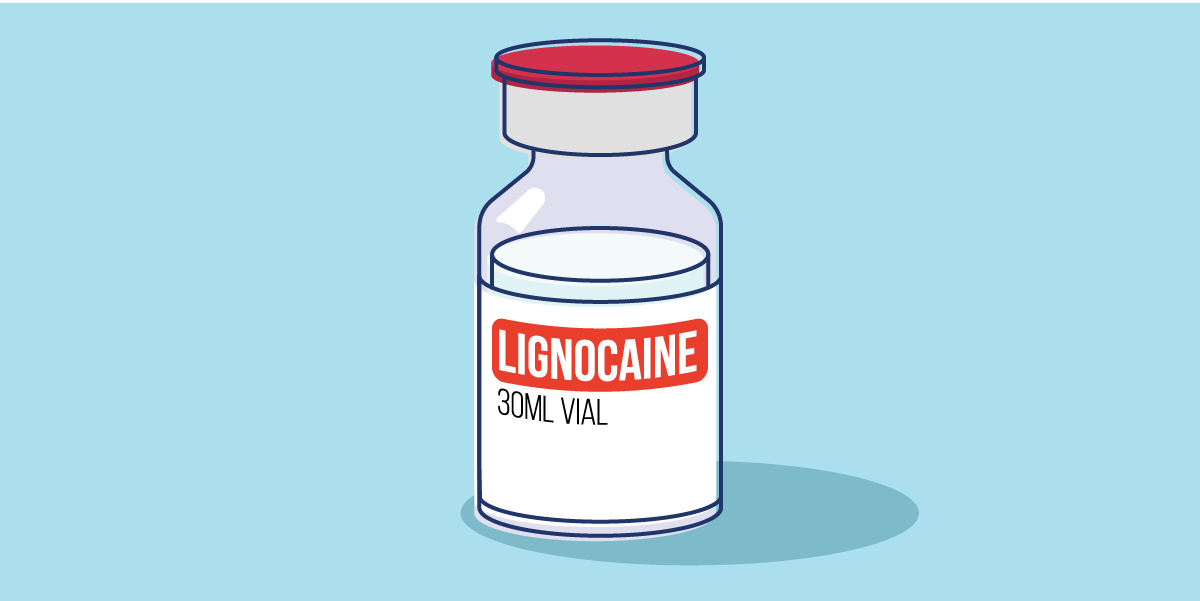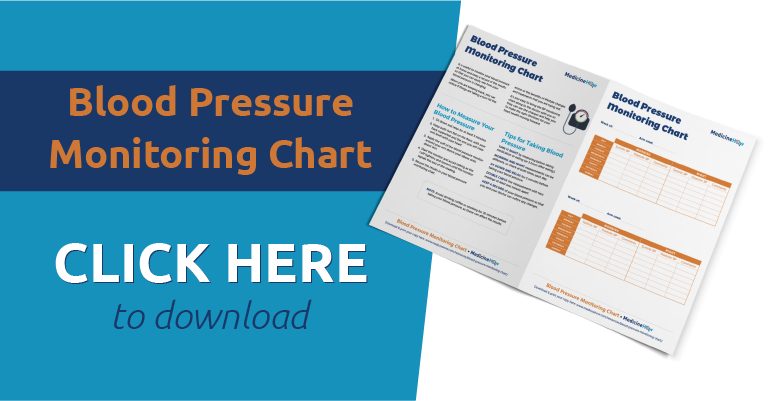
Lignocaine, also known as lidocaine, is a drug that is used to treat serious ventricular arrhythmias because of the way that it changes the activity of the heart. It reduces the heart rate and the force of each heartbeat, so the volume of blood pumped around your body each minute is less than usual.
It is available as an injection for use in a hospital or medical clinic. Lignocaine is the generic name, but you might know it better by a brand name such as Lignocaince or Xylocard.

What is it used for?
![]() Lignocaine can be used to manage serious ventricular arrhythmias. This is when the heart is beating in an irregular rhythm because of the way the ventricles in the heart are working. It is useful in the treatment of ventricular arrhythmias because it stops the heart from beating too fast and helps to prevent complications of the arrhythmias.
Lignocaine can be used to manage serious ventricular arrhythmias. This is when the heart is beating in an irregular rhythm because of the way the ventricles in the heart are working. It is useful in the treatment of ventricular arrhythmias because it stops the heart from beating too fast and helps to prevent complications of the arrhythmias.
It can also sometimes be used in the treatment of neuropathic pain under specialist advice.
It is also used a local anesthetic for topical application.
How does lignocaine work?
![]() The main action of lignocaine is in reducing the “automaticity” of the heart, which is the automatic nature of the organ to keep working, even when you’re not thinking about it. As a result, the heart rate is likely to go down.
The main action of lignocaine is in reducing the “automaticity” of the heart, which is the automatic nature of the organ to keep working, even when you’re not thinking about it. As a result, the heart rate is likely to go down.
It also has some negative inotropic activity, which means that it weakens the force of the muscular contractions. In the heart, this will reduce the force of each heartbeat and the volume of blood pumped around the body per minute.
Side Effects
![]() The most serious side effect of digoxin is causing or worsening arrhythmia or torsades de pointes, which happens most often when the dose it too high. For this reason, it is important that you only take doses that are carefully controlled by your doctor.
The most serious side effect of digoxin is causing or worsening arrhythmia or torsades de pointes, which happens most often when the dose it too high. For this reason, it is important that you only take doses that are carefully controlled by your doctor.
Other side effects may include:
- Heart palpitations
- Hypotension
- Slow heart rate
- Shortness of breath
- fatigue
- Drowsiness
- Dizziness
- Headache
- Vision disturbances
- Heartburn
- Gastrointestinal effects (e.g. nausea, vomiting, diarrhea)
Precautions
![]() There are some people who shouldn’t take lignocaine, as it can make other health conditions that they have much worse. Lignocaine is not likely to be a good choice for you if you have:
There are some people who shouldn’t take lignocaine, as it can make other health conditions that they have much worse. Lignocaine is not likely to be a good choice for you if you have:
- Sinus bradycardia or second or third-degree heart block (without a pacemaker)
- Cardiogenic shock
- Hypotension (systolic blood pressure less than 90 mmHg)
- Prolonged QT interval
- Severe heart failure
- Asthma
There are also some other cases when extra care is needed if you are going to take digoxin.
For example, an imbalance of electrolytes in your blood should be corrected before using lignocaine, as this increases the risk of arrhythmias.
Lignocaine can decrease the blood circulation around the body, which can worsen symptoms of peripheral vascular disease and Raynaud’s Phenomenon. Additionally, it can exacerbate phaeochromocytoma, so it is usually best to try a different drug (e.g. an alpha-blocker) first.
Finally, lignocaine can mask the signs of and delay recovery of hypoglycemia, which can occur with many medication used to treat diabetes. It can be used, but it is important to be aware of the effects.
Drug Interactions
![]() Lignocaine can interact with several other drugs in your body and there are certain ways to manage these interactions.
Lignocaine can interact with several other drugs in your body and there are certain ways to manage these interactions.
Cimetidine, erythromycin, fluvoxamine, itraconazole, metoprolol and propranolol can stop the metabolism of lignocaine and increase the concentration in the body and the risk of side effects. If necessary, the dose of lignocaine can be reduced to manage this.
Phenytoin can also suppress the action of the heart and increase the risk of side effects. If both these drugs are used together, it is best to monitor closely for any side effects.
Finally, lignocaine can prolong the action of suxamethonium and the combination should be used with caution because there is a risk of respiratory insufficiency.

Pregnancy and Breastfeeding
![]() Lignocaine can be used with caution in pregnancy. It is important to watch for signs that the drug may be have an effect similar to a beta blocker, such as lowering the heart rate.
Lignocaine can be used with caution in pregnancy. It is important to watch for signs that the drug may be have an effect similar to a beta blocker, such as lowering the heart rate.
Lignocaine is sometimes used by breastfeeding women. However, a significant concentration of the drug is excreted in the breastmilk, so it may have an effect on your baby. If used, you should watch out for signs that your baby is affected, such as irritability, and make changes accordingly.
Pin it!


